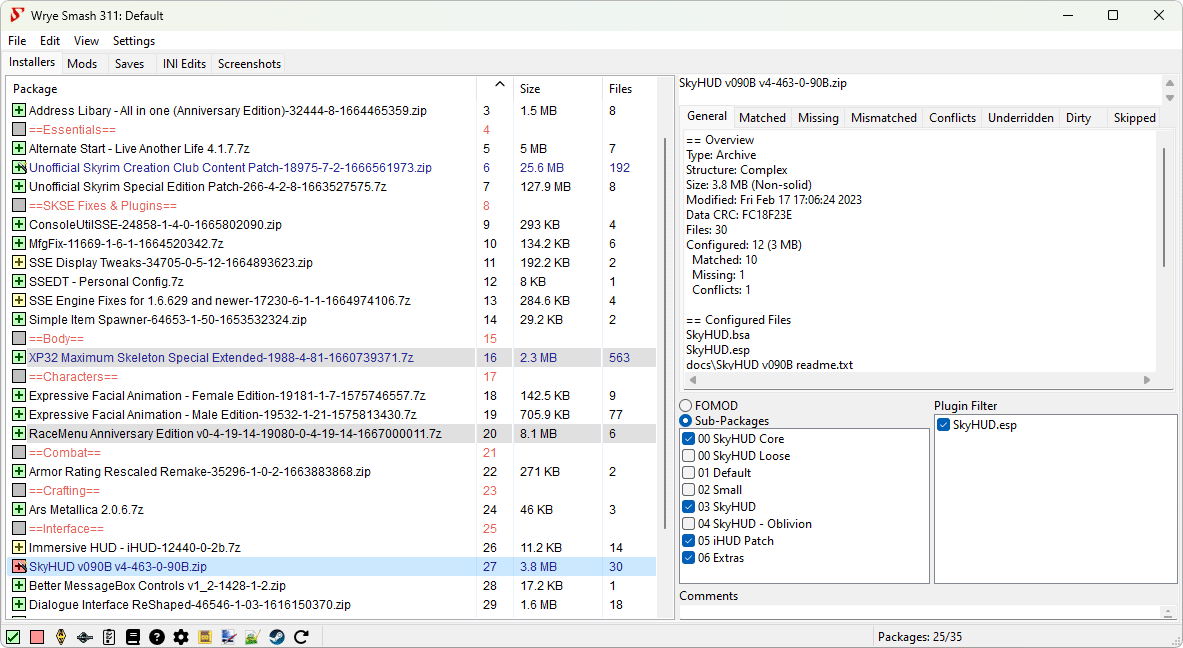

If you double click on it again, it'll remove all the resources and the box will turn green again. Certain mods cant work without this app, but its still a highly recommended tool when playing with Oblivion mods. (If there are conflicts, the box will be a different color - we can deal with that later if it happens).ĭouble click on the name of the mod and OBMM will install all the resources to wherever they're supposed to go and enable the mod and the box will turn blue. This is the self installer version, and will handle dependencies, install location, shortcuts and file associations automatically. There will hopefully be a green box next to it - that means that it's ready to install with no conflicts. The name will appear in the right hand pane of OBMM. OBMM will create an OMOD and put it in the Mods folder.

You can add more information if you want, but you don't have to. If not, you have to at least fill in a name. If so, it'll just fill all that in and take you to the next step. Some mods will come in an "OMOD-ready format." That means that they include scripting that'll fill in all the blanks for you - the name of the mod and such. Navigate to the archive for the mod you downloaded. On the window that opens, click "Add Archive" If the mod is not already an OMOD, you need to convert it. In case you want to add the items via console use the following item IDs: Spoiler: Show How to install Use a mod manager of your choice (recommended). If you download a mod as an OMOD (that's how many of them were released), then just drop that OMOD into that folder and the next time you start OBMM, it'll find it. The OMODs are stored in the OBMM\Mods folder.

It's pretty much just a 7z compression, but in the format that OBMM reads. Ive got an omod file I want to install, but when I put it in the data folder, nothing happens It doesnt show up in the Oblivion Launchers data files.


 0 kommentar(er)
0 kommentar(er)
